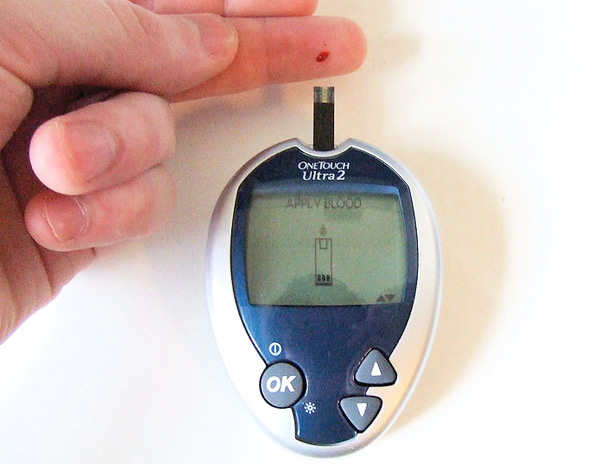 A meta-analysis of 21 studies presented at this year’s annual meeting the European Association for the Study of Diabetes (EASD) shows that exposure to pesticides is associated with increased risk of developing diabetes by 61%, with different types of pesticides showing varying levels of risk. The study is by Giorgos Ntritsos, University of Ioannina, Greece, and Dr Ioanna Tzoulaki and Dr Evangelos Evangelou, Imperial College London, UK, and colleagues.
A meta-analysis of 21 studies presented at this year’s annual meeting the European Association for the Study of Diabetes (EASD) shows that exposure to pesticides is associated with increased risk of developing diabetes by 61%, with different types of pesticides showing varying levels of risk. The study is by Giorgos Ntritsos, University of Ioannina, Greece, and Dr Ioanna Tzoulaki and Dr Evangelos Evangelou, Imperial College London, UK, and colleagues.
How diabetes develops is considered to be an interplay between genetic and environmental factors. Emerging evidence suggests that environmental contaminants–including pesticides–may play an important role in the pathogenesis of diabetes. In this study, the researchers performed a systematic review and meta-analysis of observational studies that assessed the association between exposure to pesticides and diabetes. The association between exposure to any pesticide and all types of diabetes was examined. Separate analyses for studies that looked only at type 2 diabetes (T2D) participants were performed.
A total of 21 studies were identified assessing the association between pesticides and diabetes, covering 66,714 individuals (5,066 cases/ 61,648 controls). Most studies did not report the specific diabetes type examined. In almost all of the studies analyses, pesticide exposure was determined by blood or urine biomarker analysis, one of the most accurate methods. The researchers found that exposure to any type of pesticide was associated with increased risk of any type of diabetes by 61%. In the 12 studies analysing only type 2 diabetes, the increased risk was 64% for those exposed to pesticides. For individual pesticides, increased risk was identified in association with exposure to chlordane, oxylchlordane, trans-nonachlor, DDT, DDE dieldrin, heptachlor and HCB.
The authors conclude: “This systematic review supports the hypothesis that exposure to various types of pesticides increases the risk of diabetes. Subgroup analyses did not reveal any differences in the risk estimates based on the type of studies or the measurement of the exposure. Analysing each pesticide separately suggests that some pesticides are more likely to contribute to the development of diabetes than others.”
The authors add that results need to interpreted with caution given the observational nature of the data which does not prove the causality of the observed associations. They are now performing additional analyses of the data and doing a further meta-analysis of pesticide exposure in relation to the other outcomes, including neurological outcomes and several cancers.